Glorious vignettes of the history and heritage and cultural splendour of the “Blue City “pile up in overwhelming numbers as you trawl the lanes and by lanes of the desert outpost of Jodhpur. Found in 1459 this ancient bastion of the Marwar rulers, which replaced ancient Mandore will sweep you away with its endless charm and unique landscapes in its urban and rural enclaves.

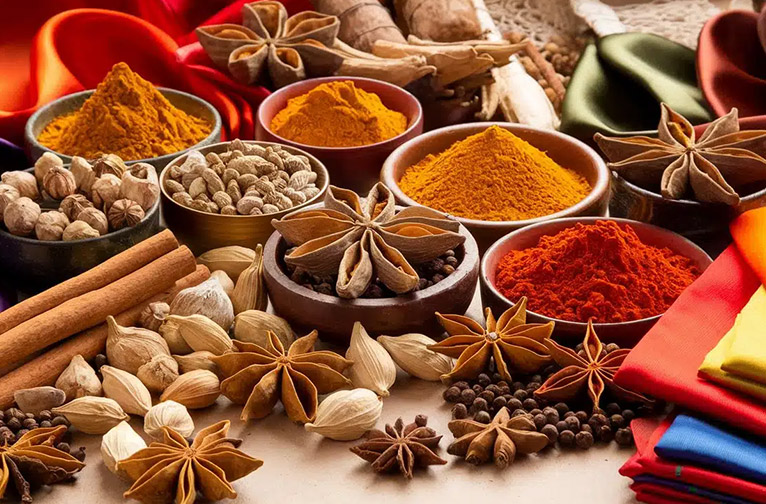
The riches of this royal city, both cultural and commercial were shaped by its strategic position on the northwestern outskirts of the Silk Road’s string of sub-routes in India. Caravans loaded with all manner of enticing goods such as silks, spices, stunning tapestries, precious gems and bronze ornaments, veered off the main land route from China through Central Asia, towards the sub-routes leading into desert lands of ancient Rajputana and Gujarat with its port towns to capture new markets along the way. Mughal historian Abul Fazl mentions in his Ain-I-Akbari that camels, for the desert areas, for the caravans were sourced from Jodhpur, Nagaur, Bikaner, Jaisalmer.
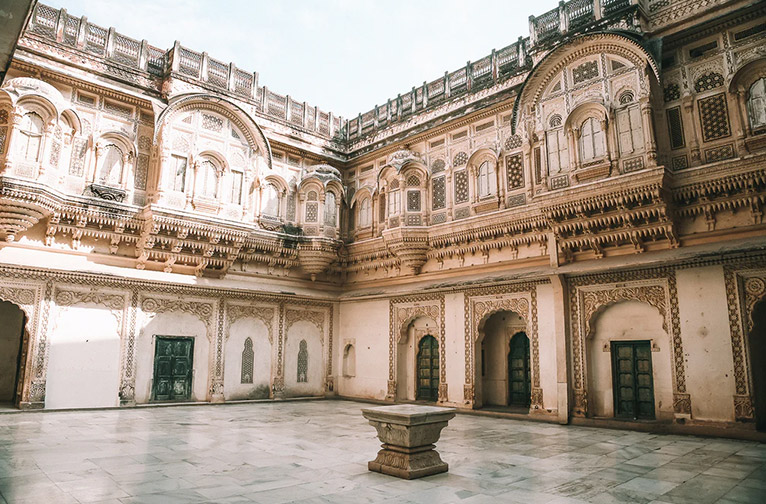
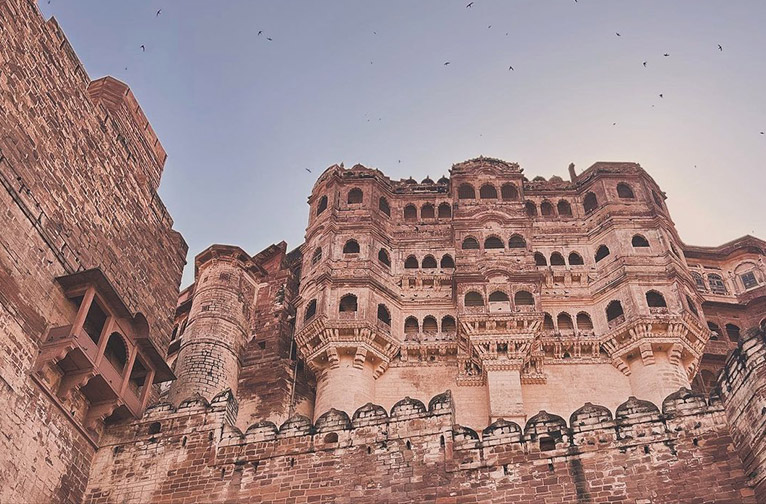
The kingdom of the Marwar rulers benefited not only because of these commercial interactions but those cross-cultural interfaces also left their mark on its culture as well with fresh ideas and a more worldly outlook. From his strategic position Maharaja Umaid Singh in the 16th century capitalised richly on the trade between Delhi and Gujarat which was driven by high profit-generating goods like opium, sandalwood, dates etc.
Take a leisurely wander around Jodhpur’s traditional enclaves still bustling with commerce and culture, a steadfast reminder of what the scene must have been like in those days.
An exploration of the royal past of Jodhpur is one of the most compelling cultural experiences awaiting the itinerant visitor. But before one hits the trail to the iconic Mehrangarh Fort, rising high above the city skyline, exploring the Old Quarter of the 'Blue City’ is an enticement you just cannot ignore.
Dear Jodhpur— why so Blue?
It’s the overriding question that pops into your mind as you wander the Old Quarter on your guided tour. An unmissable aspect of Jodhpur is that the houses in the old city are uniformly painted its iconic blue; the hues may vary a bit…but they are definitely blue.
There are several theories which are offered for this phenomenon. One has it that it’s the houses of the local Brahmins were painted blue to set them apart from the low-caste inhabitants of the local populace; another one claims that the house was painted blue to give a cooling effect in the punishing heat of a desert summer… and there’s a more scientific theory…it keeps insects away. Apparently, copper sulphate is effective in repelling the insects. The copper sulphate under certain conditions turns blue, giving the houses their iconic blue shade.
Of chai and gupshup
Take time out to chit-chat with the locals to get a more immersive experience of the Old Quarter. At the chaiwala, tune into the local gossip about the events of the time and happenings in the old city. Snack on local savouries and sweets while listening to the yarns about the city from the elders hanging out for their daily gup-shup.
Follow noodle-thin lanes and shadowy alleyways to ponder over Jodhpur’s ancient architectural heritage and the traditional old techniques that went into the building of these houses. Stop by at local shrines to witness the living faith of its people woven into the routines and rhythms of their daily life. Soak up the vignettes of wandering cows and the occasional elephant, children playing cricket in the streets and vendors hawking fresh vegetables and even snacks from carts.
Bazaars of Antiquity
Edge your way past shops overflowing with all manner of allurements…from turbans to swathes of traditional textiles, from handmade puppets to ethnic jewellery. You get to watch artisans plying their ancestral skills with incredible patience unmindful of the hustle and bustle around them, to produce their hand-crafted artefacts as souvenirs— from jewellery to puppets.
Your camera lens will go into overdrive catching iconic vignettes of its popular bazaars, where you’ll spot men and women adorned in their traditional colourful attire, turbans and odhnis, footwear and jewellery in town for the day from the surrounding villages. Selfie moments galore keep the momentum of the mood on an all-time high as you follow the labyrinthine maze of streets topped up with residences, chai shops, shrines and roadside vendors.
Mehrangarh Fort and a Royal Residence
From the iconic Clock Tower, built by Maharaja Sardar Singh between the late 19th century and early 20th Century, pop into the Sardar Market with its plethora of goods on sale by over 700 odd shops and kiosks.
Wrench yourself away from its enticements to find your way up to the massive Mehrangarh Fort atop a craggy hill. Enjoy panoramic views of the Old City spread out below. Savour some reflective moments amongst the cannons and viewpoints. The Fort was commissioned by the city’s founder Rao Jodha in 1459. He also built the Chamunda Mata temple here. Many additions were made to the fort over the centuries. So, look out for the changes that ensued in its architecture during these intervening periods.
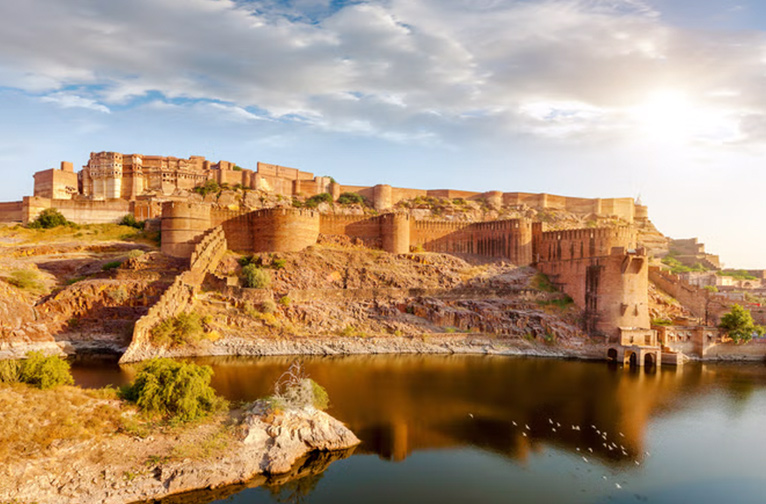
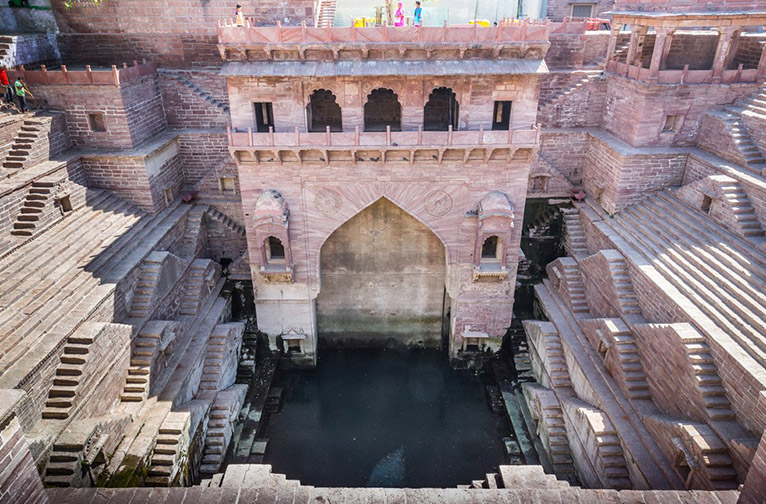
You can enjoy ziplining adventures and guided tours of Mehrangarh Fort. Quick excursions can be made to nearby Ranisar and Padmasar lakes. Before you head up to the fort you can make a small but significant detour, about 350 meters away, from the Clock Tower to the nearby Toorji Ka Jhalra or Toorji’s Stepwell commissioned in the 1740s by Maharaja Abhai Singh’s Queen. Stepwells were a critical component of conserving water for living in the desert areas and the rulers in these parts made it a very important part of their public works.
The Umaid Bhawan Palace is a significant part of your tryst with Jodhpur’s royalty. The vintage vibe of this palatial royal home, one of the world’s largest living private residences, blends well with its modern-day comforts. Part of the stunning palace is still a home for Maharaja Gaj Singh II and his family; another wing is run as a super luxury hotel by the Taj group.
The palace was commissioned by him as a work-in-progress to create jobs for the subjects of Maharaja Umaid Singh during a prolonged drought sweeping the land in his reign. Work on the palace began in 1929 and was completed in 1943.
The palace complex also houses a small private museum which is worth exploring. On display are furniture, artworks, weaponry, and regalia of the high life of the Jodhpur royals.
Jaswant Thada for Reflective Moments
It’s an abode of peace and tranquillity set amidst verdant expanses, dotted with gazebos and a pretty waterbody. Jaswant Thada is an elegant memorial in pristine white marble raised in the memory of Jodhpur’s Maharaja Jaswant Singh II in 1899. It now also serves as a private crematorium for the Jodhpur royals.
There are many more hidden gems sequestered in the secret pockets of this Blue City. A guided tour by a local is well worth the bucks for a truly immersive experience of one of Rajasthan’s most popular tourist destinations.